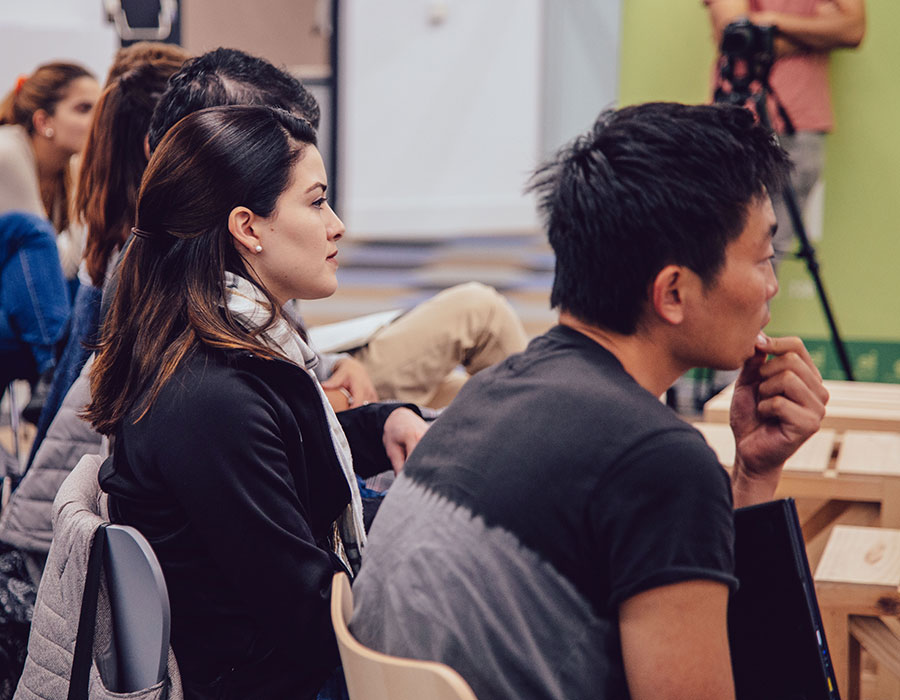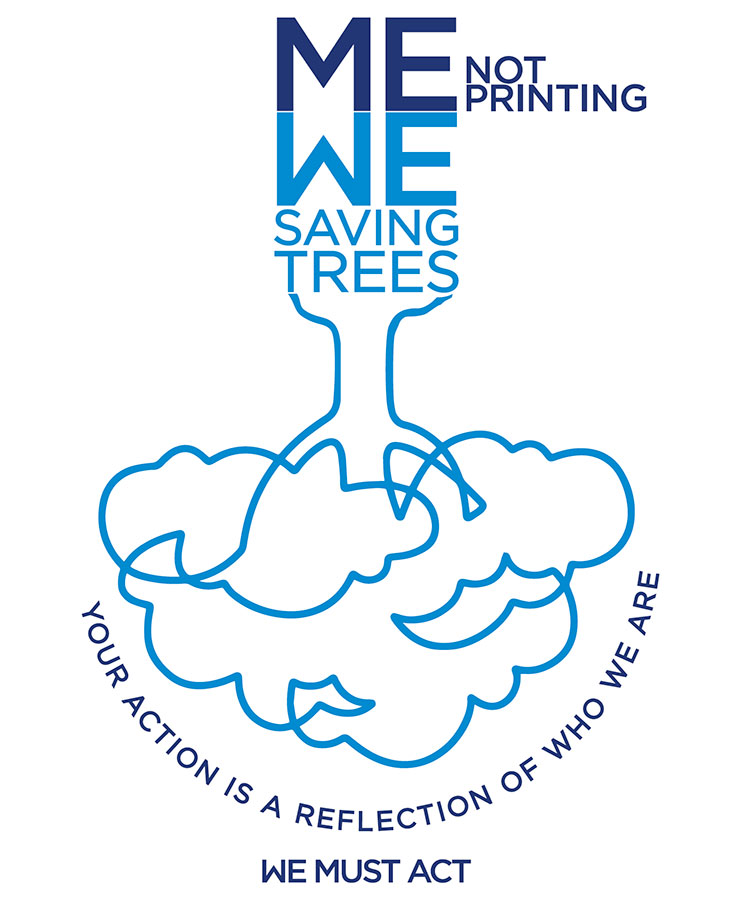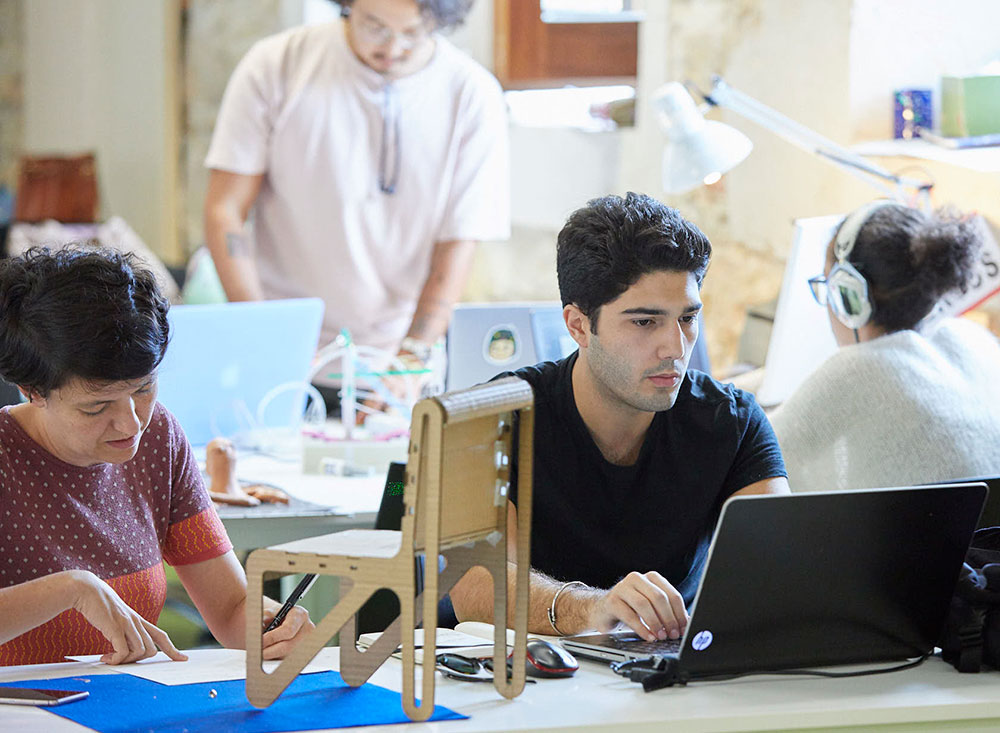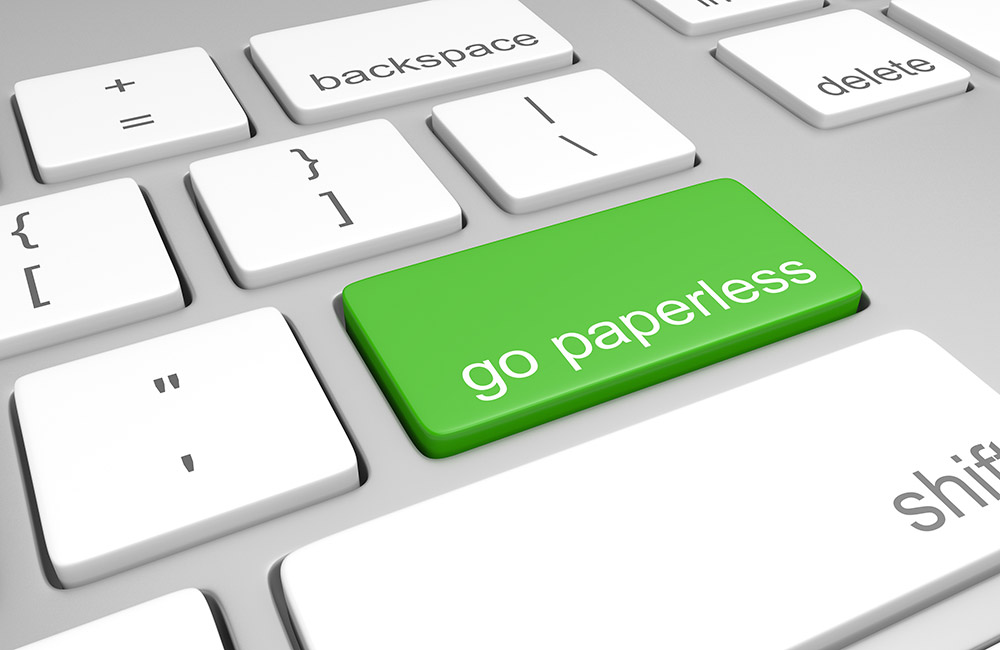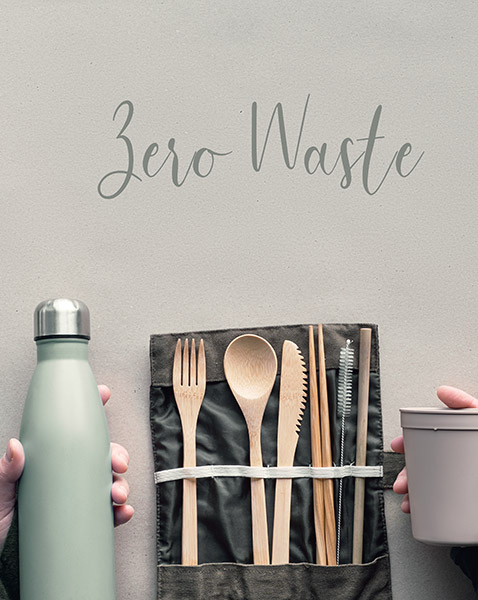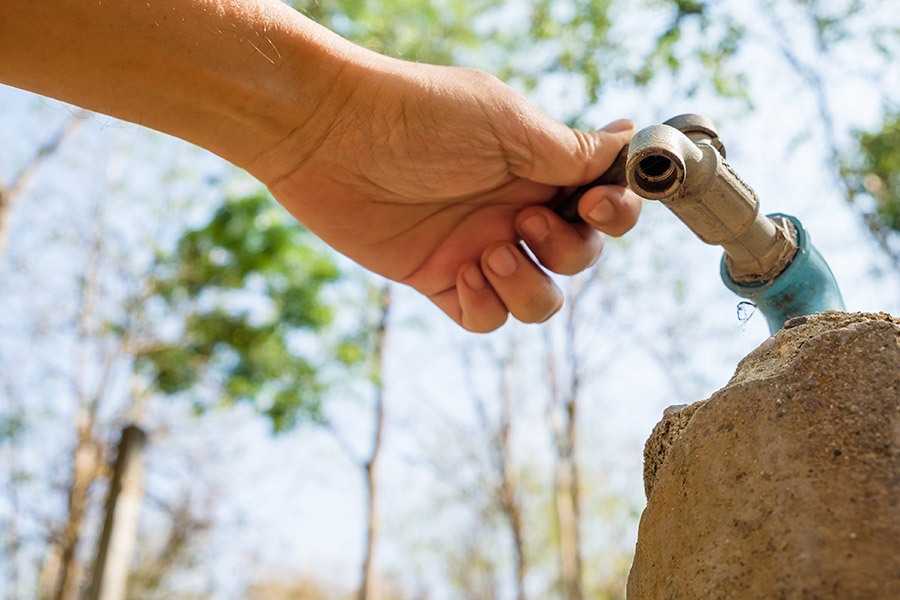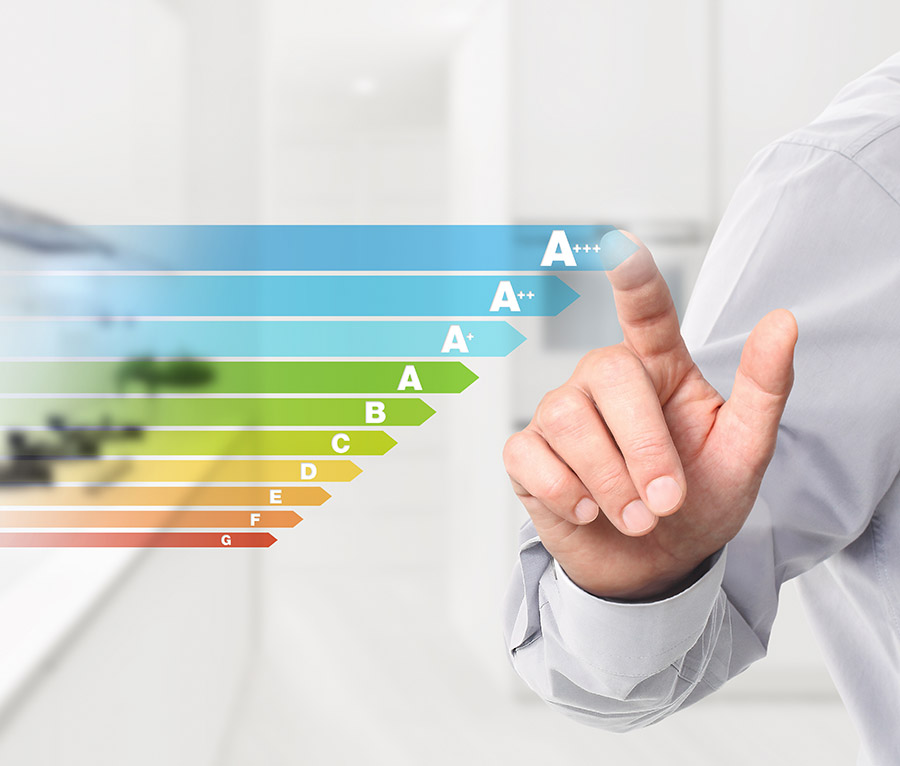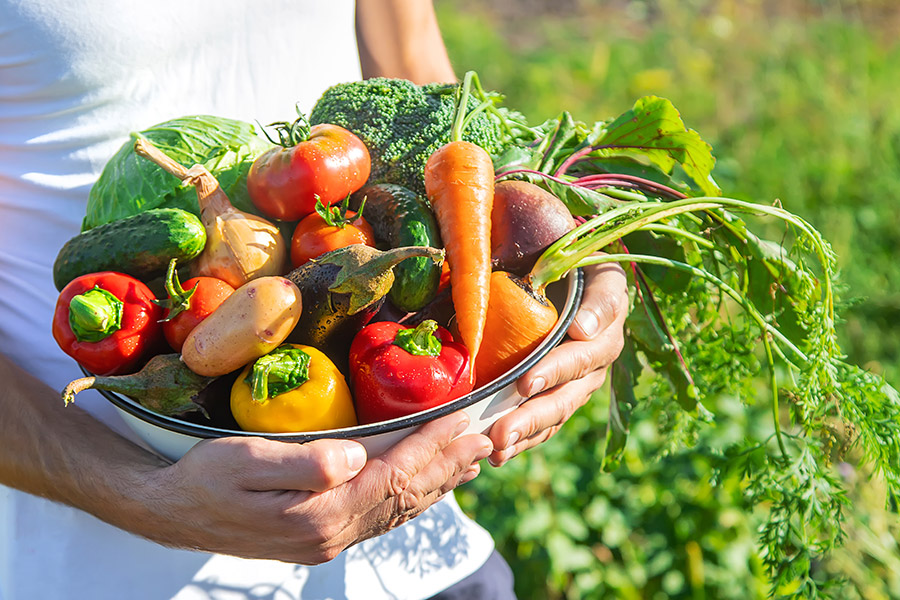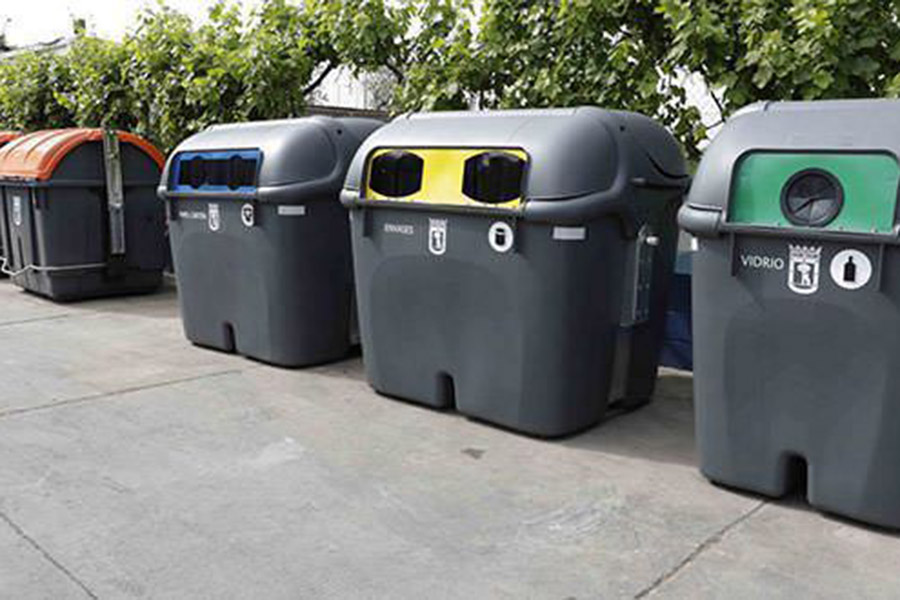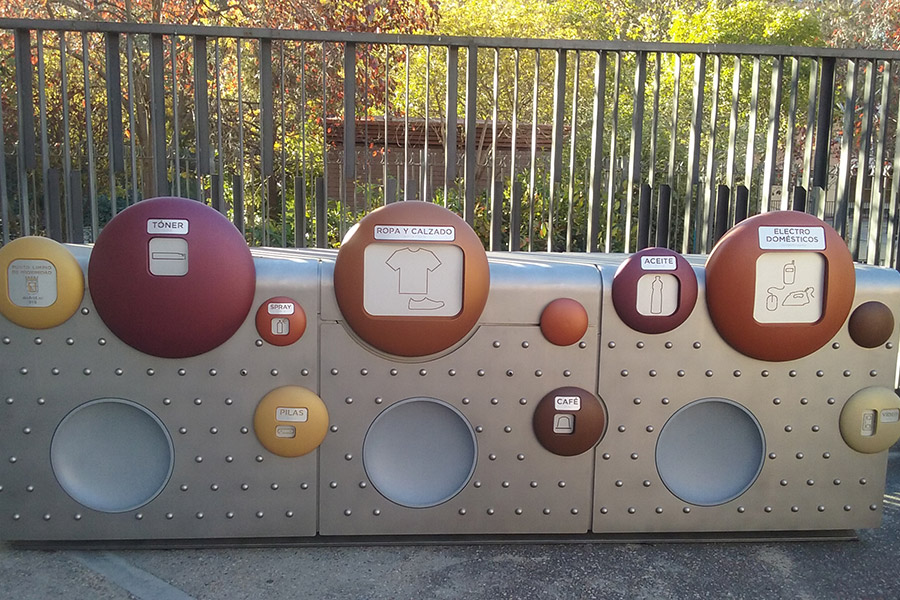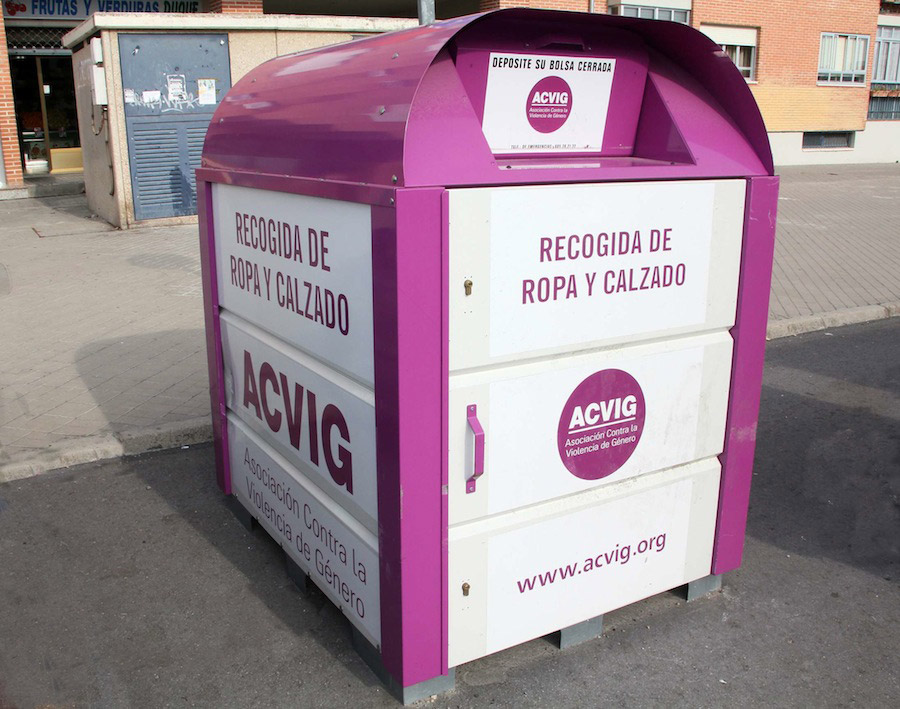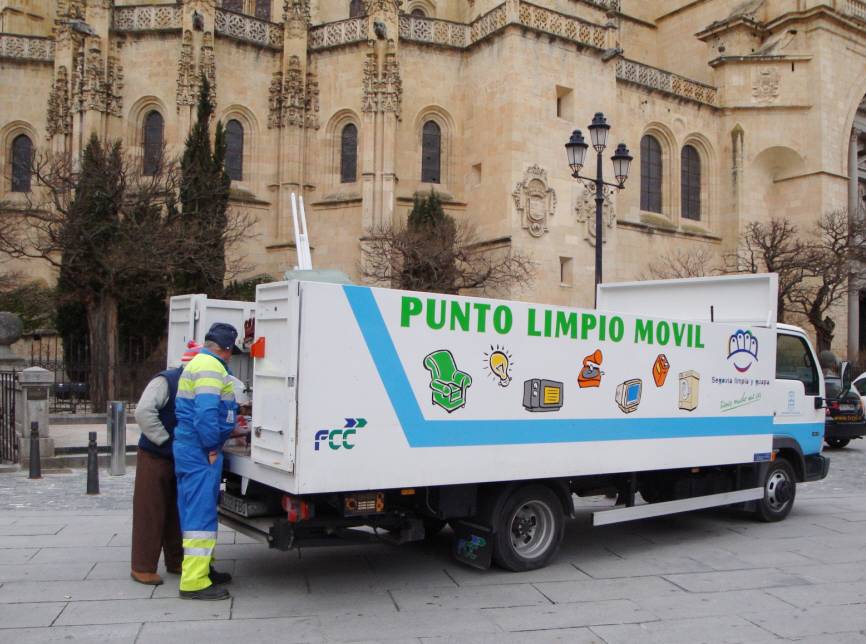Help support a sustainable marketplace by patronizing businesses that truly “walk-the-talk”:
- Municipal and Farmers’ markets This is where you’ll find all types of fresh, local food – produce, fish, chicken, cheese, eggs, and so on. Not only that, it is a very pleasant experience and after a short while you will become a recognized “regular”. The main municipal market in the city of Segovia is La Albuera. You can find information about hours and products here.
On the first Saturday of the month from 10:00 – 14:00, there is an open-air ecological market located in the Plaza de Doctor Laguna. Here you will find organic products, fresh produce, medicinal plants and teas, cheeses and yogurts, eggs, chicken, bread, beer and oil, among other things. The market promotes locally grown food as well as the direct relationship between producer and consumer.
- Buy-in-bulk stores In Segovia you can find the following stores to buy items in bulk, saving money and reducing plastic:
A Saco Granel – Here you will find a wide variety of food to buy in bulk – not only beans, rice and pasta, but also cheese, tea, honey, yogurt and many other things. They source locally and many of their products were grown or made in Segovia itself. Calle Desamparados N°4
4eco – In this store located a short walk from the Aqueduct, you can find ecological cleaning productsin bulk for yourself and for your home. All the products are biodegradable plus they were manufactured in Spain! Calle de la Constitución 28
Onzas de Sabor – They offer local and organic regional products in bulk including beans, grains, teas, spices, chocolates and even different algae and sweeteners. Avenida de la Constitución 1.
Ecological Products:
Bio Valsaín – This store is dedicated to selling certified organic and ecological cosmetics and health, hygiene, baby care and cleaning products. Calle de los Coches, 12
Maravillas de Jabón – In this online shop, developed and operated by two lifelong friends, their goal is to offer more sustainable and responsible consumption when buying body and household soaps. On their website, you will not only find soaps, but also accessories and natural cosmetics, which are environmentally conscious in both their production and packaging.
Freshly Cosmetics – Everything they do is designed to protect the environment. All of their products contain over 99% natural ingredients for all skin types, even the most sensitive ones. Everything comes in sustainable packaging to reduce waste
Kriim – This online store offers a new way of understanding personal care from a more holistic approach: honest and effective products, personalized services and global experiences within a conscious community. At Kriim, they have their own laboratory where they design and produce their three organic brands.
[ble] – An online home and personal care store that curates sustainable products based on reducing waste and eliminating plastic consumption to preserve animal species and the environment. They believe that they can help consumers have a positive impact by facilitating access to quality products, made with integrity and respectful of the planet. For this reason, they only sell #ResiduoZero, # SinPlástica, #WithoutAnimalCruelty and #WithoutPackaging, sent in compostable and recyclable cardboard boxes with material from controlled forests and they continue daily to look for even more sustainable alternatives.
Aer – This online store was established in 2019 by an IE alum with a quest to set new standards for formulation and product design in home and personal care. Their objective is to formulate products of the finest quality for body and home. Their solid-form formulations come in biodegradable and compostable paper packaging only, enabling refills to truly eliminate single-use containers. Aer offers their customers the option of subscriptions for convenience and zero waste.


